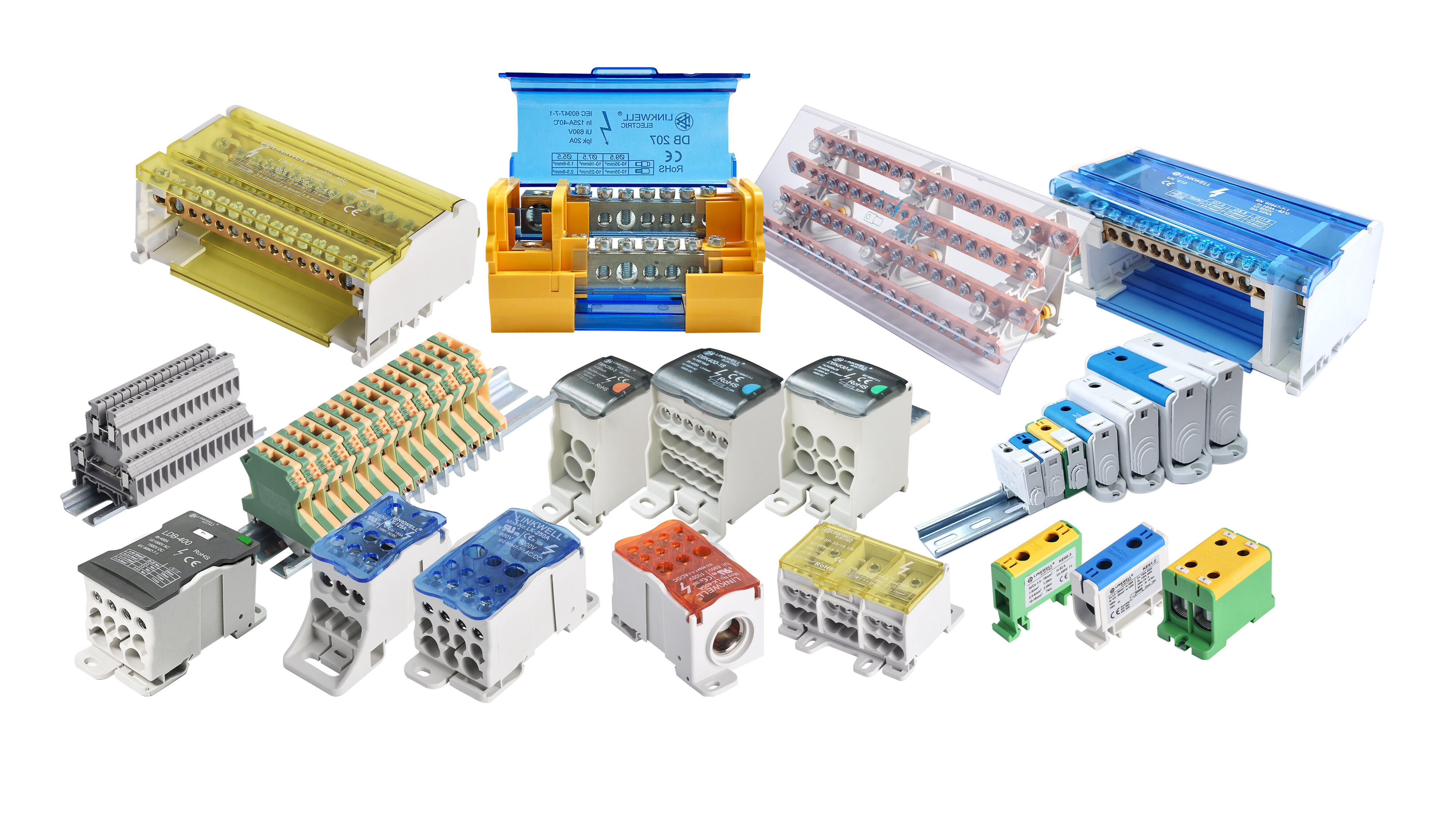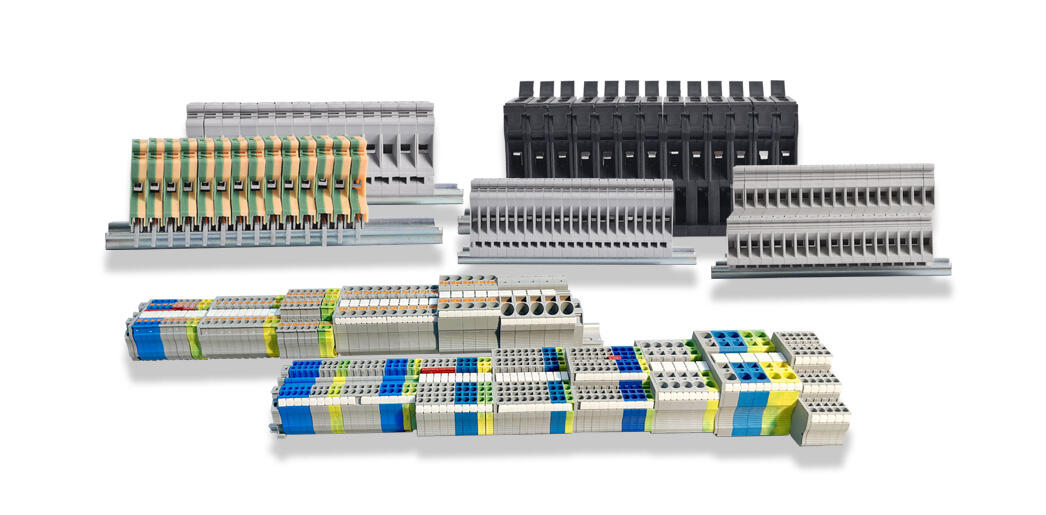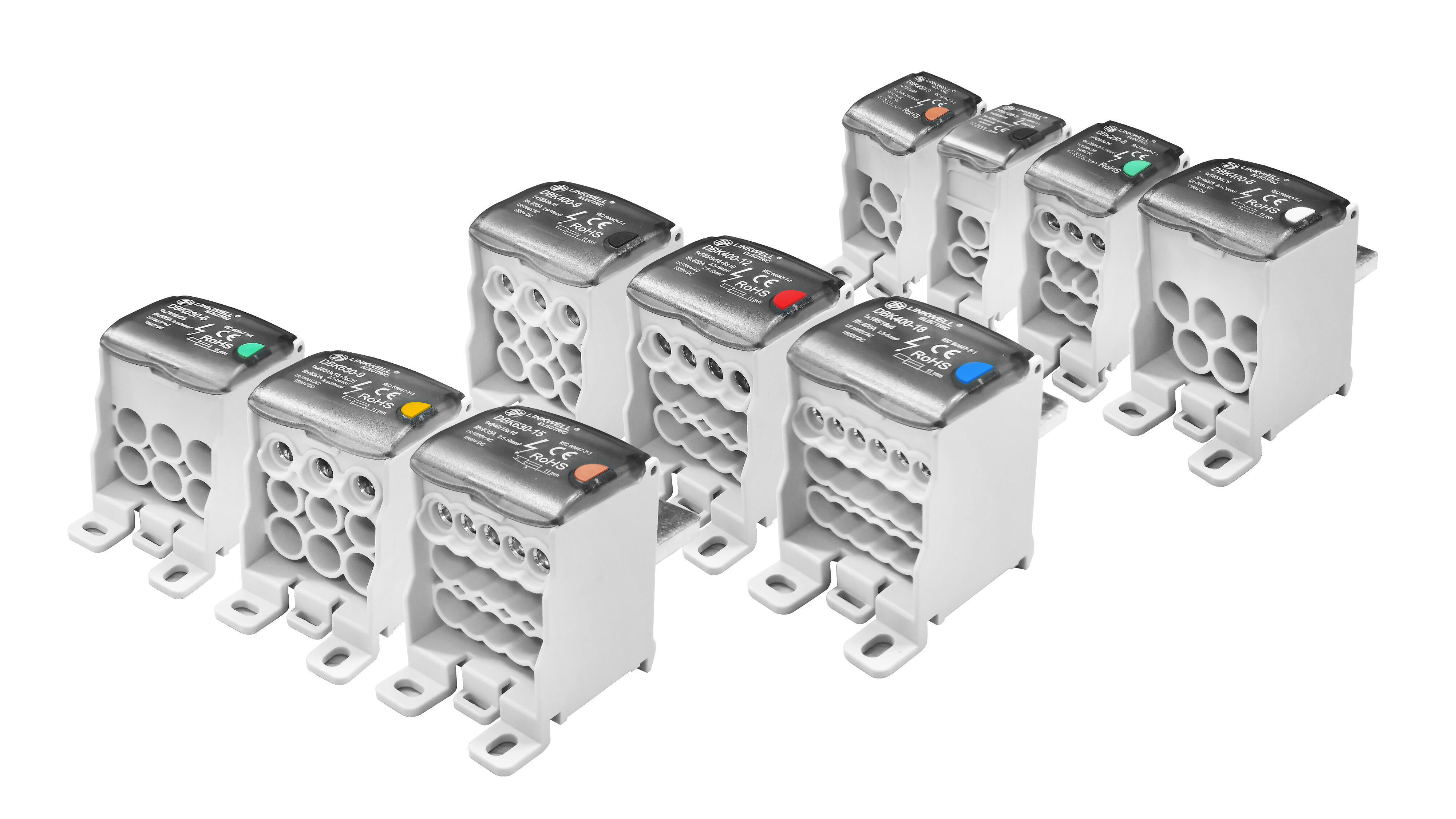20A terminal block are building-blocks of the electrical systems. They bridge wires together. These little squares might appear to be straightforward, but they are supercritical for ensuring that electricity flows well in a building or machine.
A 20A terminal block is similar to a coupler which connects wires. They are available in various shapes and sizes, but 20A terminal blocks can accommodate 20 amps of electrical power. It makes them suitable for a huge range of electrical applications, from small toys to large machines.
A 20A terminal block is not as hard as it may sound. First, you’ll need the proper tools, like a screwdriver and wire cutters. Then, follow these steps:

There are plenty of advantages of 20A terminal blocks. They provide a solid link that prevents wires from loosening. That, in turn, can lead to problems such as short circuits or fires. Use terminal blocks to easily connect and disconnect wires when you need to make alterations or repairs. This can save you time later.

Occasionally 20A terminal blocks can be trouble if you don't install them properly. Loose connections also are a frequent issue and can result in poor electrical flow. If you experience flickering lights or things just not working properly, check the terminal blocks and make sure everything is snug. Another one of the things that commonly go wrong is that you pick out the wrong size wire. This can cause the block to overheat and fail.

Choose the right 20A terminal block for your project When selecting terminal block 20A for your application, you will want to keep a few things in mind. First, ensure the block can support the amount of power you need to provide. That is, up to (but not exceeding) 20A if the thermal conditions are OK. And look at the size and shape of the block to make sure it will fit in your electrical system. Finally, you want terminal blocks constructed from durable materials to ensure longevity. This will enable your electricals to work well for a long time.

Copyright © Linkwell Electric (Shanghai) Co., Ltd. All Rights Reserved - Privacy Policy | Blog